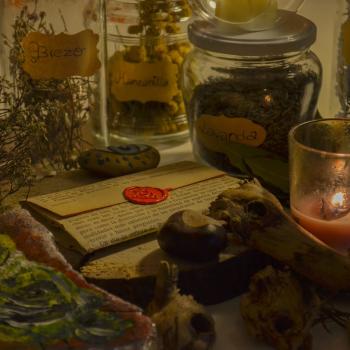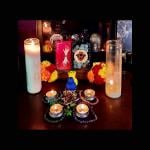Last Summer, I had the opportunity to walk a labyrinth. I’d always wanted to experience what one of these structures has to offer but never made the time. Unsure what to expect, I found the journey to be fascinating as I moved from the mundane world into the spiritual with every step.
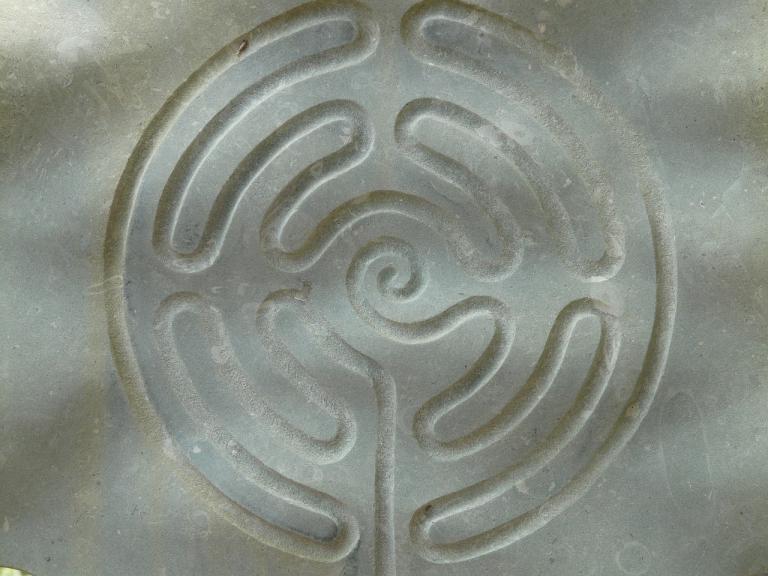
Labyrinths in History
A labyrinth combines the imagery of a circle and a spiral to form an irregular, meandering path toward a central location. The design has been appearing in caves, on coins and pottery, and as turf or stone structures from as early as the Stone or Bronze Ages.
Traditional labyrinths have the entrance/exit at the bottom, while a separate, radial style show the entrance/exit at the top. Prehistoric or ancient labyrinths may have been used in sacred dance and ritual. Roman labyrinths appear at the entrance of buildings which could have had a function of protection or been meant to symbolize a sacred path to deity.
Medieval Christian labyrinths appeared both in church entrances and on the sanctuary floors. Although their purpose is unclear, they could have been used in Easter rituals with penitents following the labyrinth on their knees or been designed as protection from demons. In India, there is a belief that labyrinths are the refuge of a trickster spirit and that the demon Ravana rules over labyrinths. My experience with Hekate in the labyrinth is, in large part, why my practice with Her is now devotional.
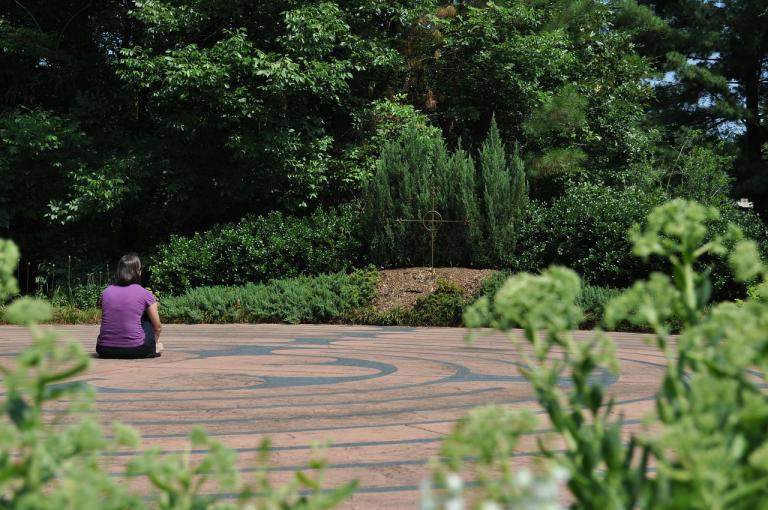
Labyrinths Today
The design is still used for spiritual practice. Walking the long, serpentine path toward the center allows a person to quiet their mind, focus on a spiritual question, engage in prayer, chant or meditation, ask a deity for guidance, or breathe and just be in the moment.
To walk a labyrinth is to journey into your deepest self or the “other realm” and find what you need for spiritual connection, balance, healing, clarity, etc. The labyrinth journey isn’t for everyone. One must be able to step onto the path with an open, receptive mind and spirit, allowing intuition, feeling, creative visualization or imagery to take you on the journey. This is not always a comfortable experience but it can be a healing or deeply satisfying one.
During my time in the labyrinth, I reached out to Hekate to guide me through the serpentine pathways. As I walked, my consciousness shifted so that while aware of the physical world, my spirit traveled through the depths of the underworld to Hekate’s cave. And while I’ve made my way there in my mind’s eye through meditation in the past, the physical act of walking the labyrinth took the experience to a deeper level.
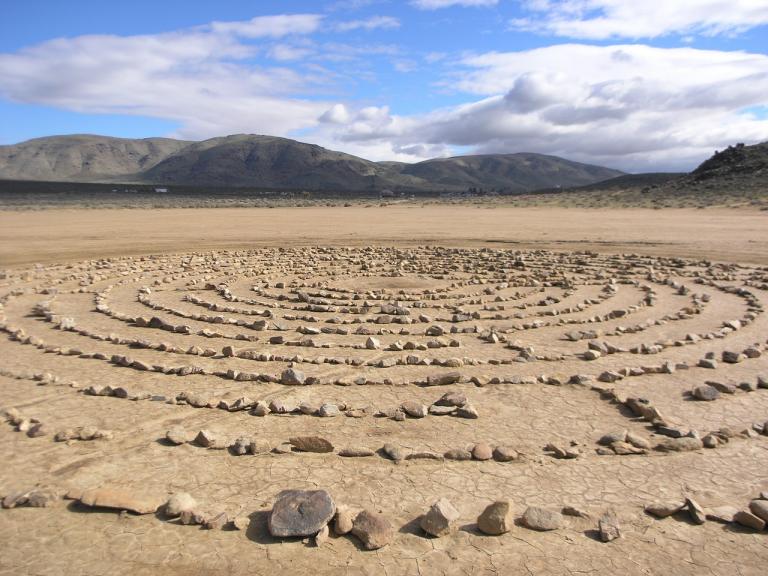
To Walk A Labyrinth
If you have the opportunity to walk a labyrinth (or do so on an astral level through guided meditation), then I encourage you to do so, as long as you are emotionally and spiritually able to attempt the journey. There are no set rules or rituals you must follow but here are a few tips to consider:
- Stand at the entrance and breathe for a moment. Prepare your mind and spirit for the experience.
- Take small, measured steps, focusing your eyes a few feet ahead as you walk the path. Do not look anywhere other than in front of your feet, as the spiral pathway of a labyrinth can become disorienting.
- Do not rush. There is no time limit on your experience.
- Calm and clear your mind. Chant or pray if this is helpful for entering a meditative or trance-like state.
- Stop, if you need to, at any point on the path. Reflect on what you are feeling or sensing as you stand there.
- If you become confused or overwhelmed, just breathe. If you need to call out to the guardian-helper for assistance, then do so.
- Do not walk a labyrinth without a guardian-helper at the entrance, especially if it is your first time.
- Bring to mind a spiritual question as you walk or allow your mind to drift.
- Upon reaching the center, take the time to pause and reflect, pray, listen for an answer to your question or wait for a deeper revelation. You can also use this time to meditate, ground, and center if that is what you need.
- When you are ready to leave, follow the path step by step back to the entrance, allowing yourself to experience whatever the return journey brings to you.
Once you’ve stepped out of the labyrinth, take some time to reflect on your experience. This is a good time to journal (if that’s a thing you do). Also, get something to eat or drink to bring yourself back to the here and now.










